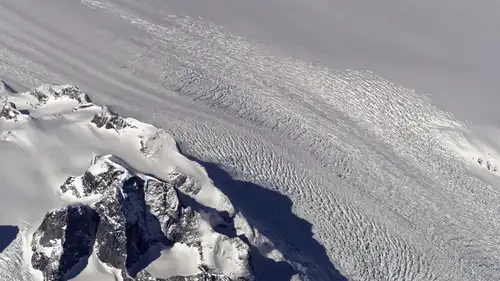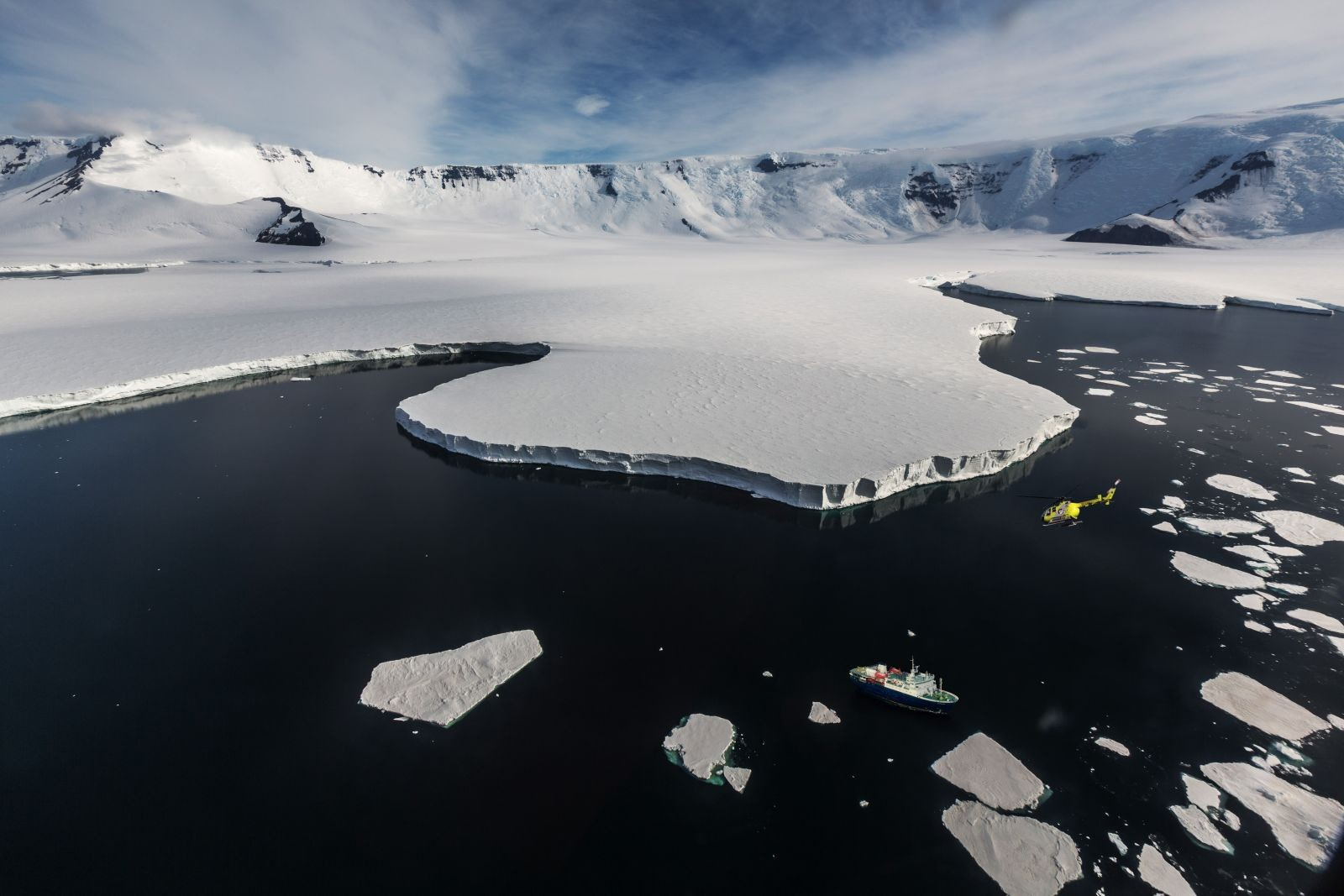Embarking on a polar expedition cruise offers a plethora of breathtaking experiences, but one of the most thrilling is taking off from the ship in a helicopter and soaring over the stunning Antarctic wilderness.
The penguins get so jealous.
On certain Ortelius voyages, we have two helicopters on board that can, weather permitting, lift you off the ship and fly you into the Antarctic adventure of your dreams.
These aerial cruises take place in two of Antarctica’s most scenic and wildlife-rich regions: the Ross Sea and Weddell Sea, areas renowned for their diverse species of whales, seals, and seabirds – including penguins.
Here we’ll delve into some details of our exhilarating helicopter adventures.
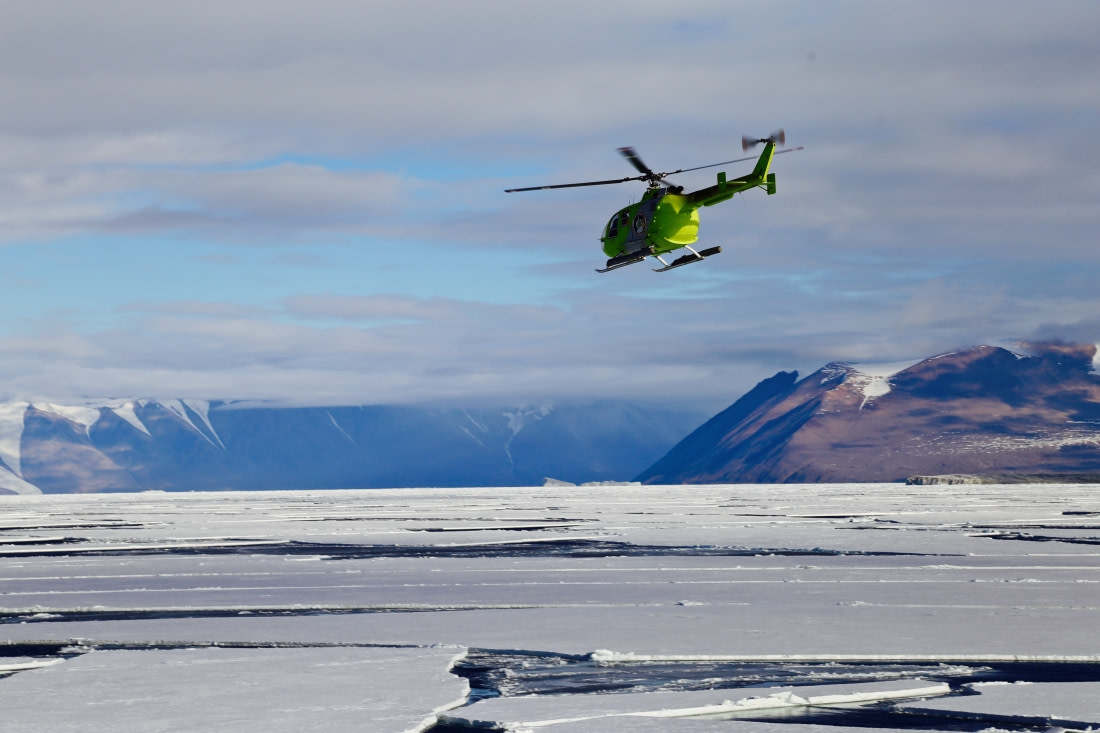
Helicopter cruises in Antarctica’s Ross Sea
Our more frequent helicopter trips are our Ross Sea voyages, expansive Antarctic itineraries that run about a month long.
During these voyages, you’ll sail through the Bellingshausen Sea, Amundsen Sea, and finally the Ross Sea, potentially visiting such jaw-dropping locations as the Ross Ice Shelf, Ross Island, Shackleton’s cabin at Cape Royds, Scott’s cabin at Cape Evans, Inexpressible Island, Cape Adare, and more.
Many of these sites are legendary in the history of Antarctic exploration, having witnessed some of its most defining moments and personalities.
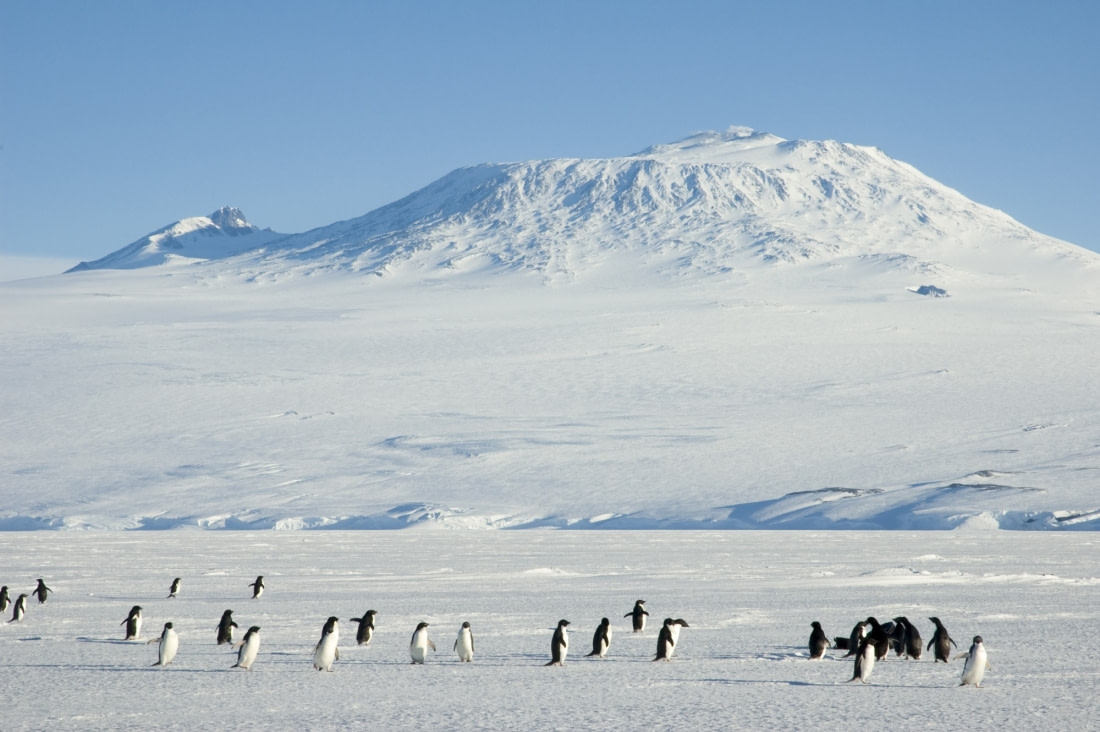
You’ll also have the chance to see some of the beloved polar wildlife that makes the Ross Sea such a coveted destination: Emperor and Adélie penguins, fin, minke, and orca whales (killer whales), elephant seals and fur seals, and a nearly inexhaustible list of seabirds may cross your path during your time in the Ross Sea.
Our helicopters enable us to attempt landings at places we would otherwise not be able to visit, such as the glaciated northern shore of Peter I Island, the colossal Ross Ice Shelf, and sometimes even in Antarctica’s Mars-like Dry Valleys.
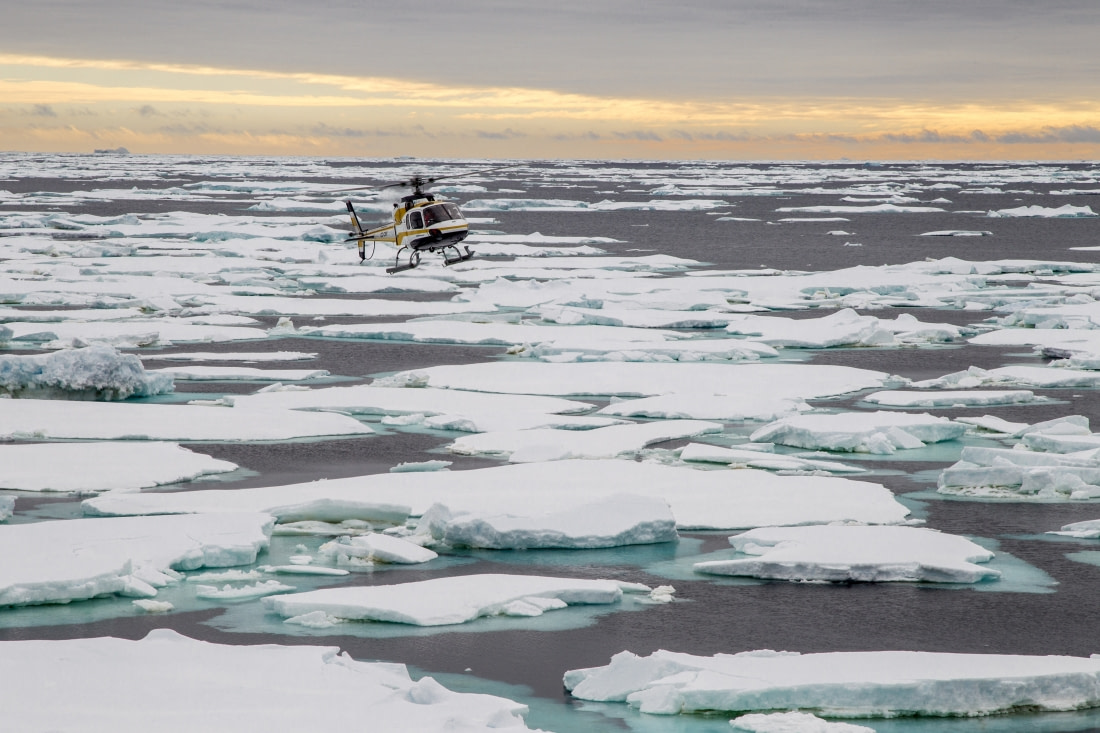
The Weddell Sea’s helicopter highlights
Less frequent but no less fantastic than our Ross Sea trips are our Weddell Sea voyages, where helicopters also prove invaluable to reaching areas impossible to see any other way.
One of the highlights of our Weddell Sea cruises is no doubt the emperor penguin colony on Snow Hill Island, a seldom-visited location we nonetheless managed to take our passengers to in 2017, 2018, and 2019.
But our other intended Weddell Sea landings are similarly exciting, such as the western slopes of the Antarctic Sound, Seymour Island, Devil Island, Brown Bluff, and Deception Island, among other unforgettable locations.
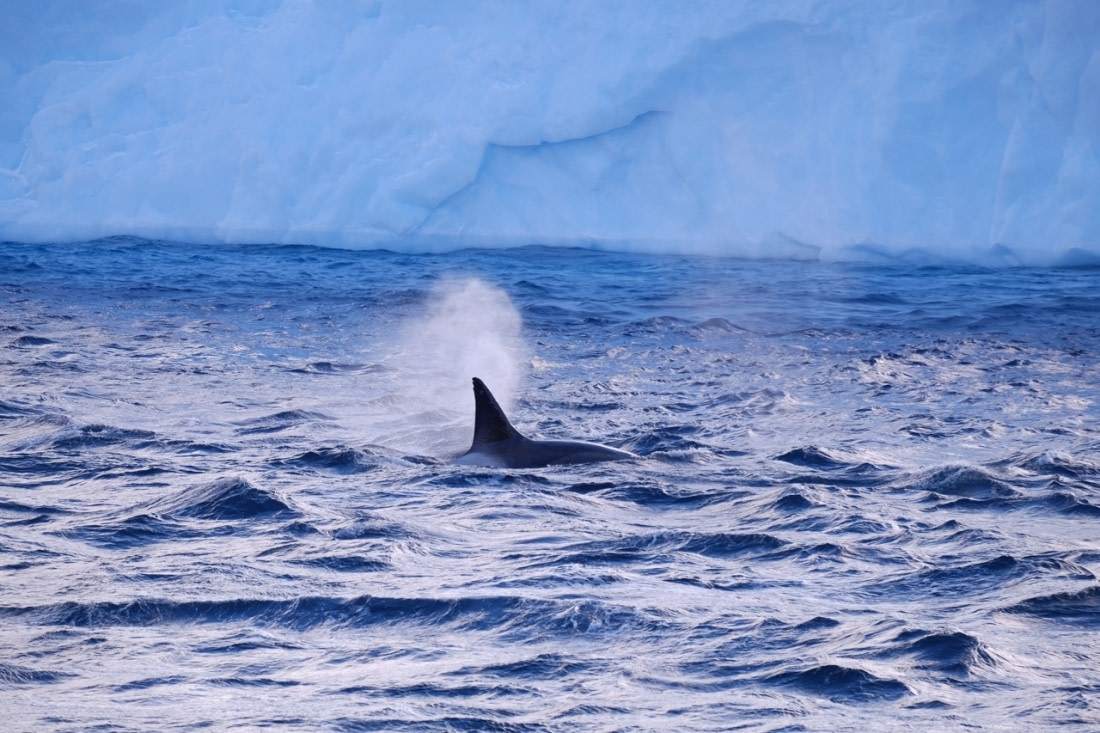
Emperor penguin sightings are the priority of these Weddell Sea trips, but you could also spot Adélies, chinstraps, and gentoos as well as fin, orca, and other whales, leopard seals, and a cast of beautiful seabirds comparable to those found in the Ross Sea.
Our helicopters may land at or provide you panoramic views of several areas, such as Duse Bay or the Antarctic Sound, an especially awe-inspiring sight rarely enjoyed from the air.
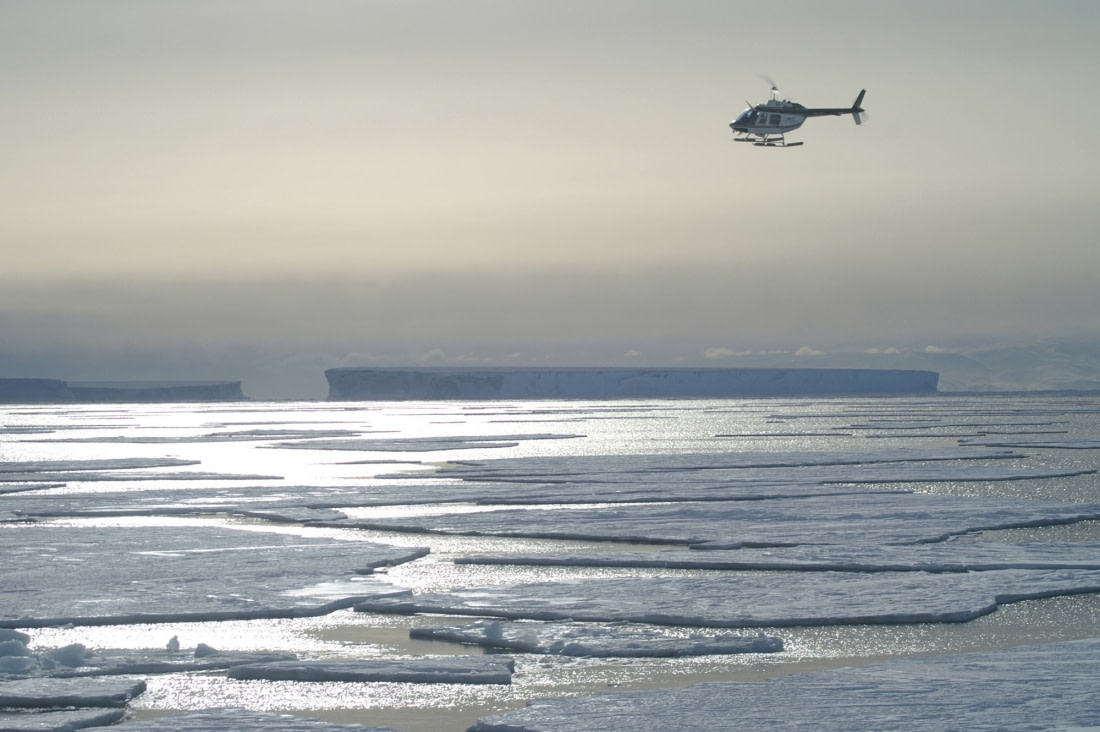
Flying in helicopters: a few final details
Rest assured that you’ll have all the information you need to stay safe and comfortable during your flights, or for the rest of our Antarctica helicopter trips, for that matter. In fact, you may get briefed more than you thought possible.
But when it comes to helicopters, “better safe than sorry” goes double.
Before you ever set foot in a helicopter, we’ll thoroughly inform you as to proper procedure as well as the basic equipment on board, such as seat belts, life jackets, and survival equipment.
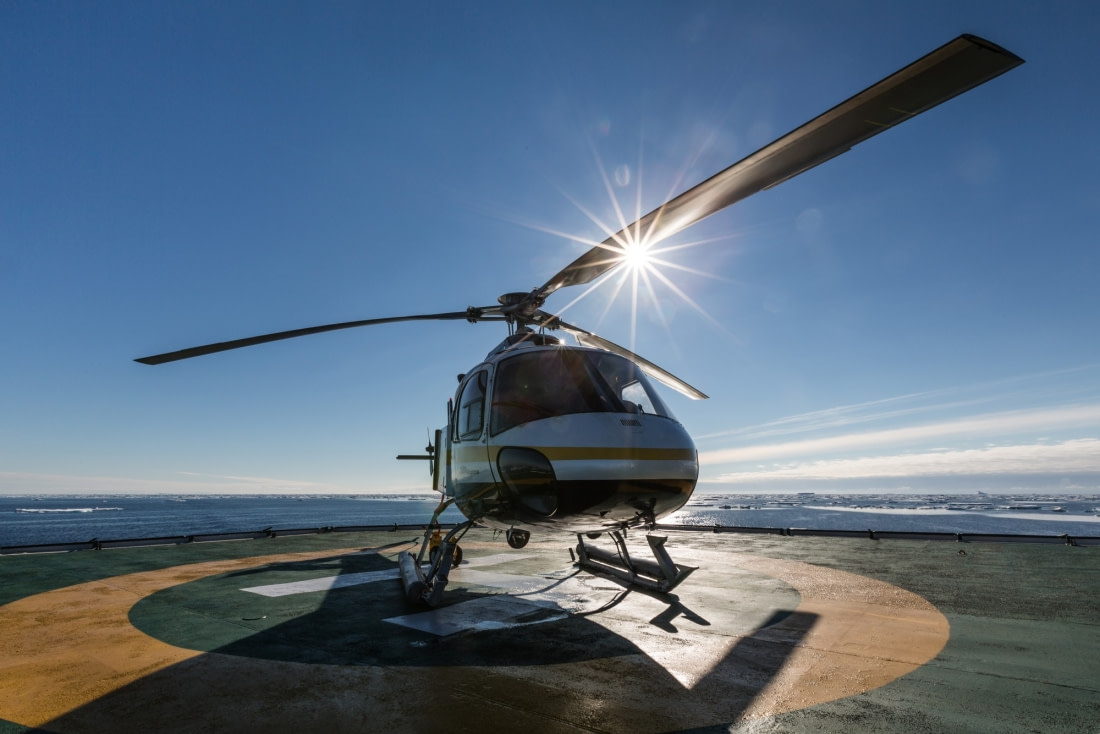
These briefings are mandatory. Without them you’re grounded, literally.
For flights, you’ll be divided into groups of four or six passengers, depending on the number of seats in each helicopter. We understand that some people prefer to fly together, but this is not always possible.
We will make a dry run with each group, practicing helicopter procedure. This includes being called to the muster station, dressing for your flight, walking the route to the helicopter, and entering the helicopter (without running engines).
During the dry run, you’ll see how time-consuming helicopter operations can be. Hence our need for everyone to be informed, patient, and ready for take-off.
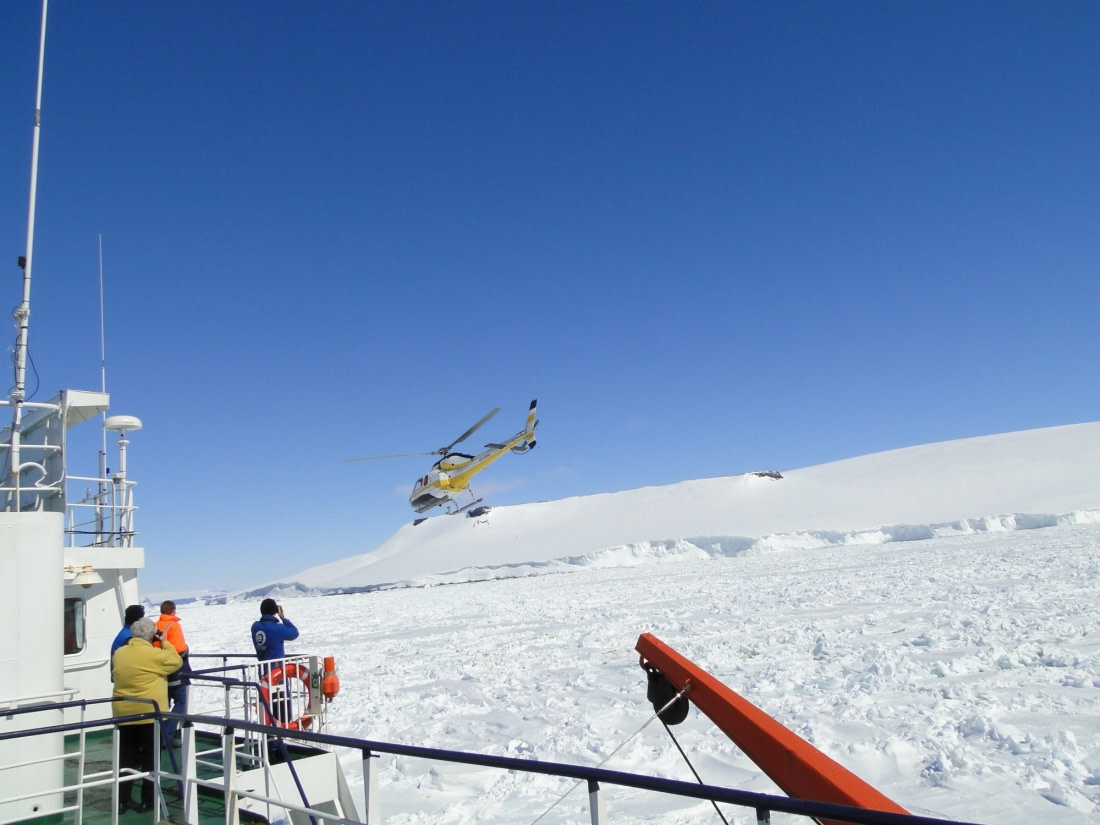
As a friendly reminder, please keep in mind that helicopter operations of this type require strict regulations, more than are standard on our usual Antarctica cruises. We can only fly if all conditions are deemed safe. Weather, sea and sea ice, flying time and distance, visibility and technical issues can all impact flight plans, bringing helicopter ops to a grinding halt.
We cannot, therefore, guarantee everyone flying time or that we’ll even get to fly at all. Our first priority is your safety. Only after that can we try to get some air under your wings.
And all while trying not to make the penguins too jealous.
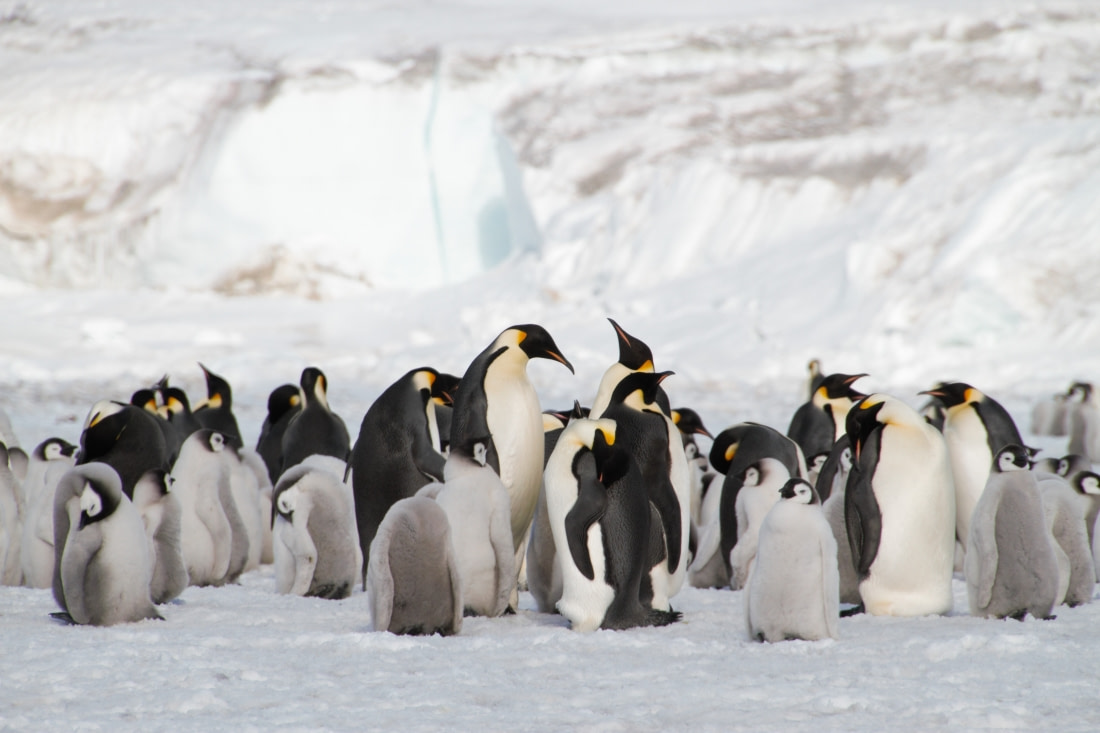
These points represent only a summary of our helicopter operations info. You can get a more thorough version on our helicopter trips page.
Blog


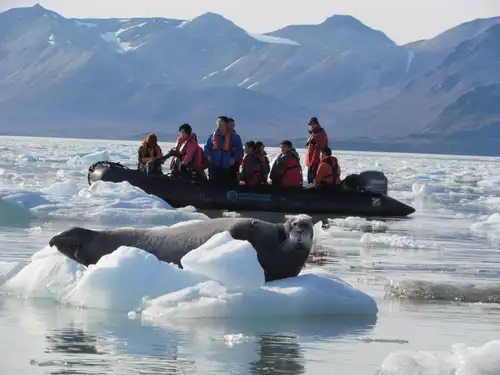
Six Seal Species You Might See On Your Greenland Cruise
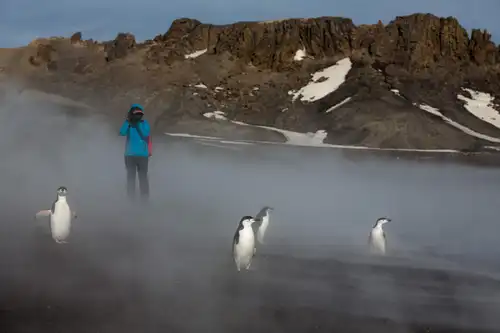
Graham Land: A landscape dominated by volcanoes
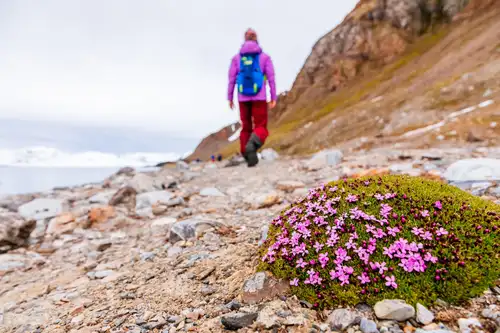
Seizing the Season: Spitsbergen’s Late Spring, Early Summer

Earth vs. Mars: Polar Regions Compared

Antarctica’s Hourglass Dolphin
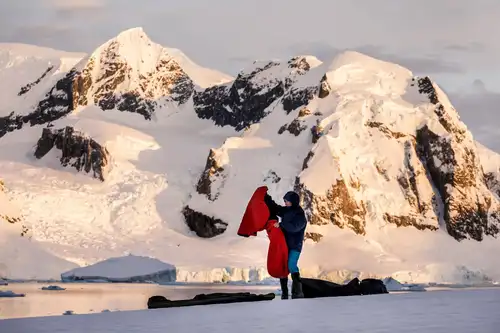
Camping in Antarctica: a True Expedition Experience
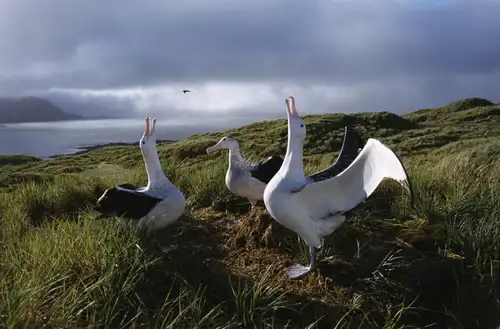
Albatross, penguin and krill research in Antarctica
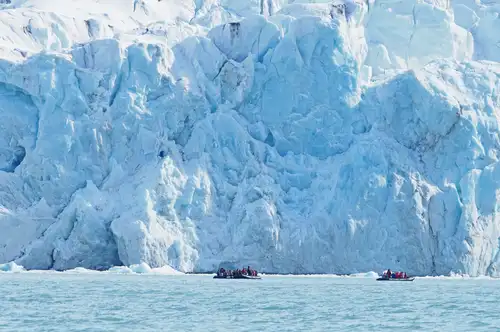
All About Ice: Glaciers and Icebergs of the Arctic and Antarctica

Hondius Photography and Video Workshops
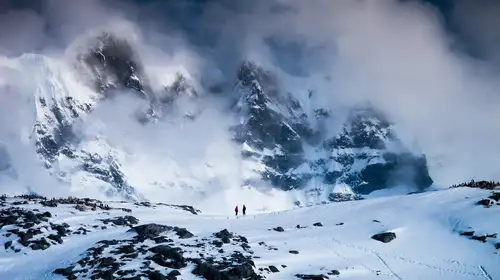
Eight Antarctic Misconceptions
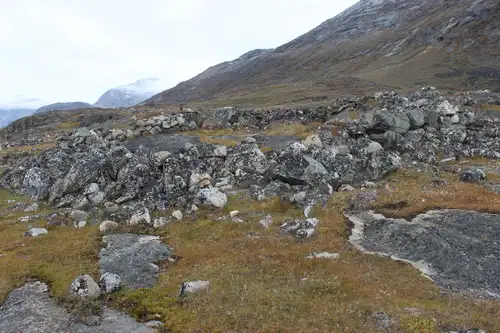
The Norse Settlement of Greenland
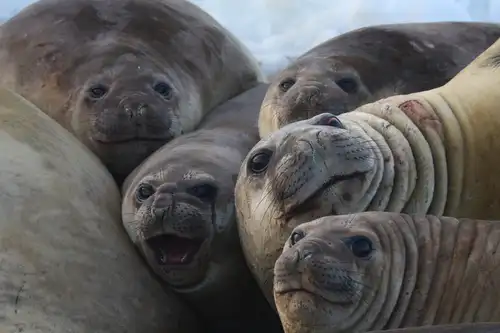
Large and in Charge: Antarctica’s Southern Elephant Seals
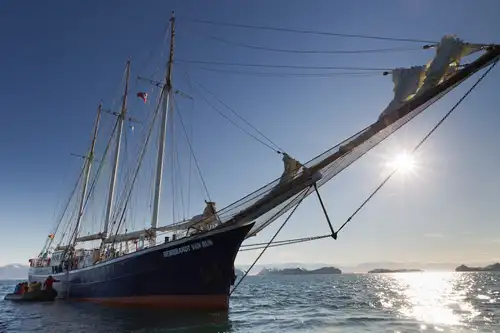
Ancient Arctic Exploration

The World Is Changing for Greenland's Native Inuit People
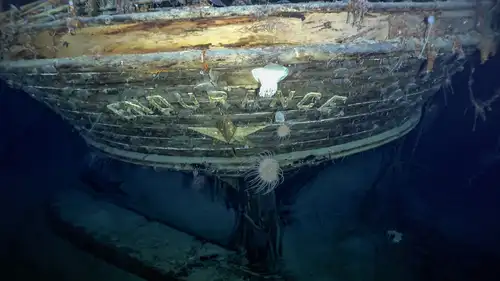
Shackleton’s Long-Lost Endurance Discovered in Antarctica
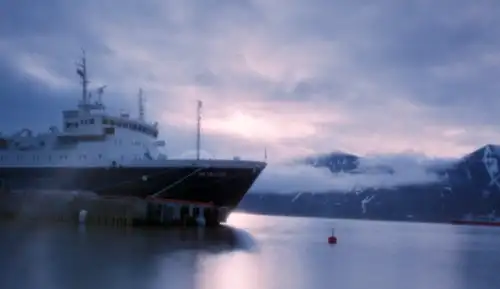
Solargraphy & Pin Hole photography in the Arctic
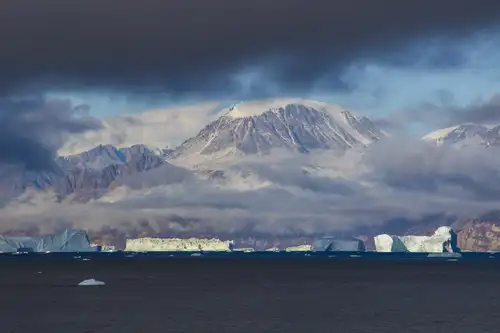
Greenland: East vs. West
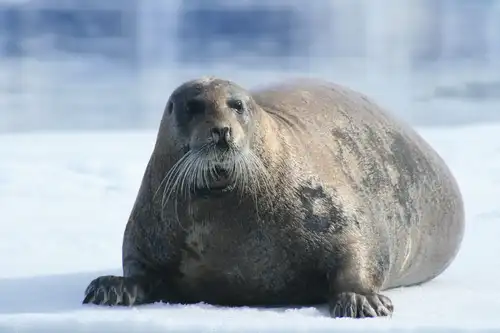
Arctic Seals
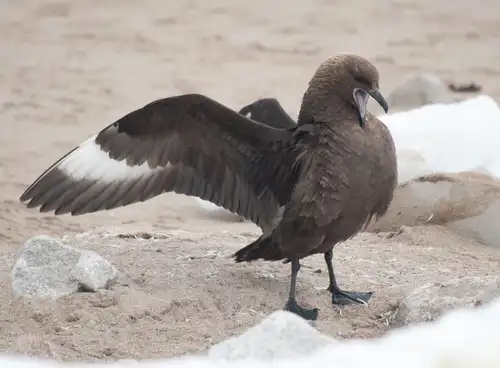
Fierce and Feathered: the Skuas of Antarctica
